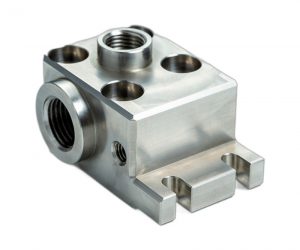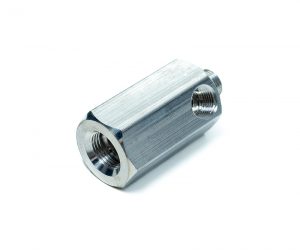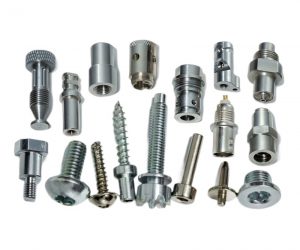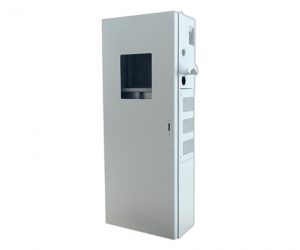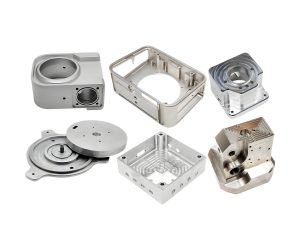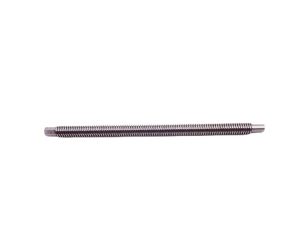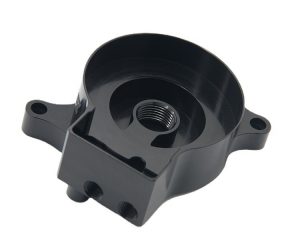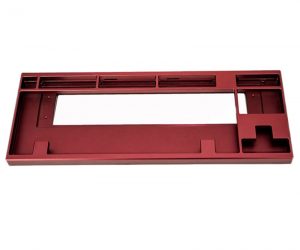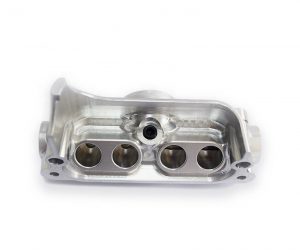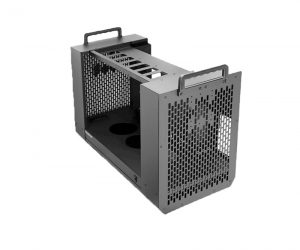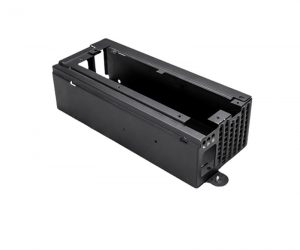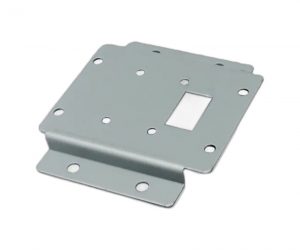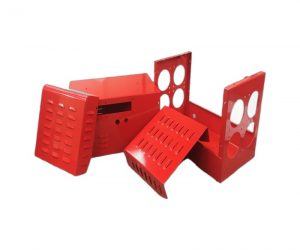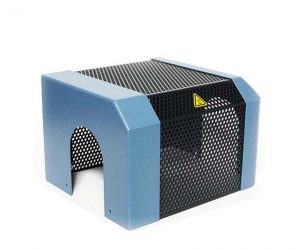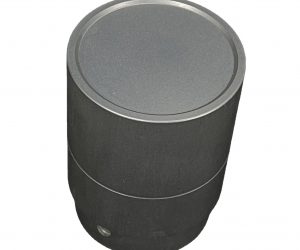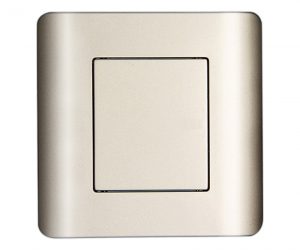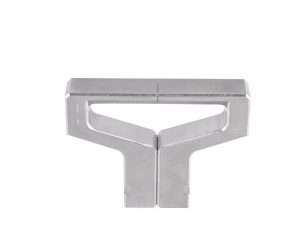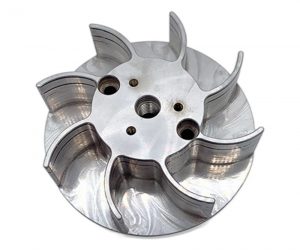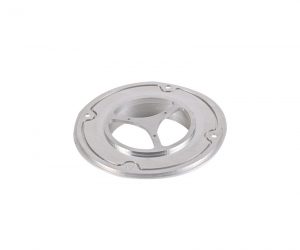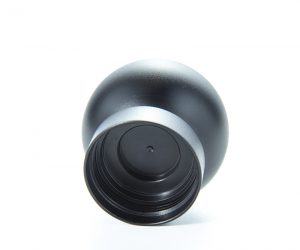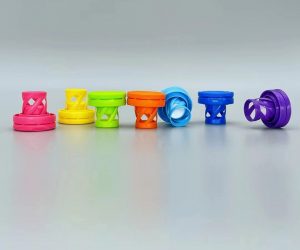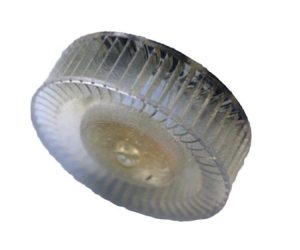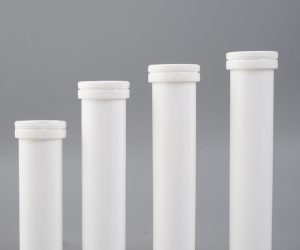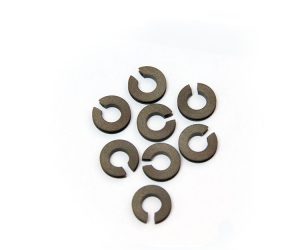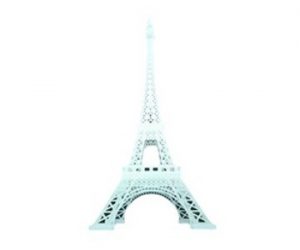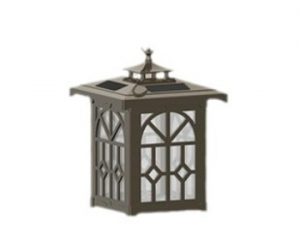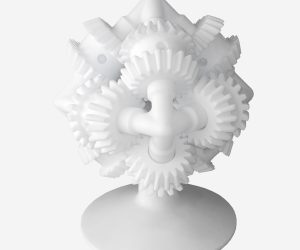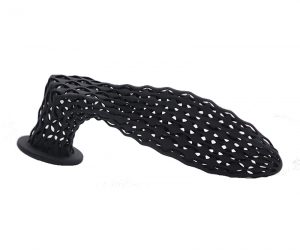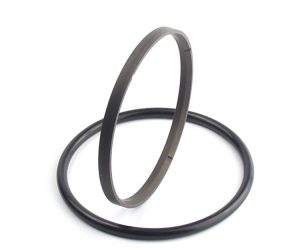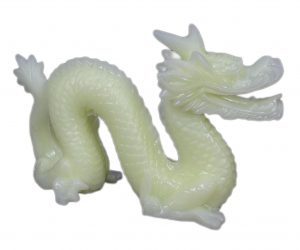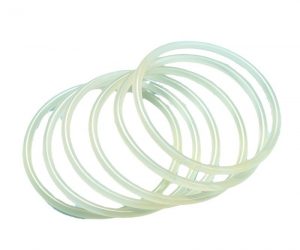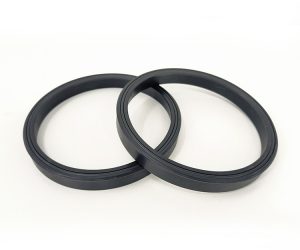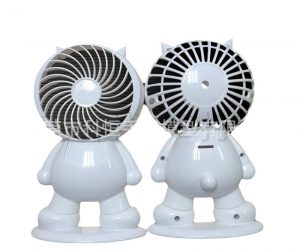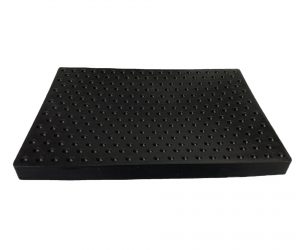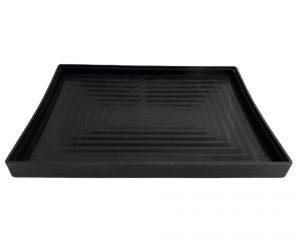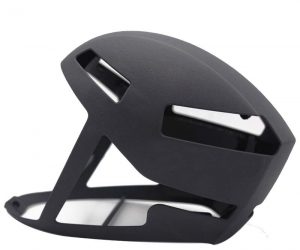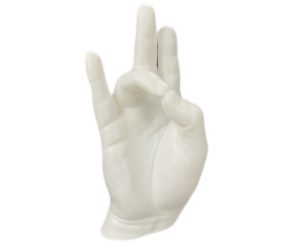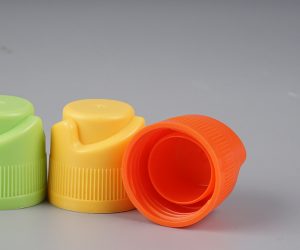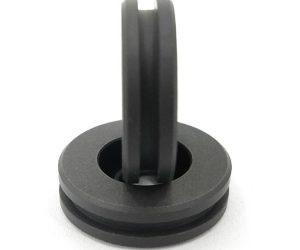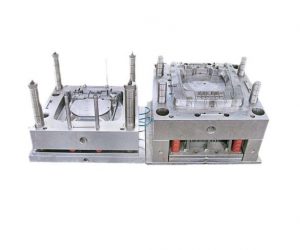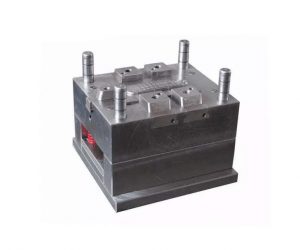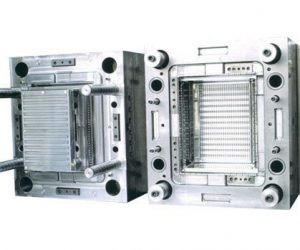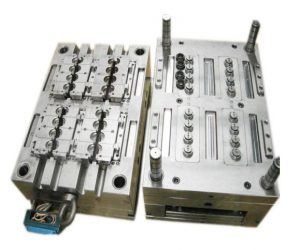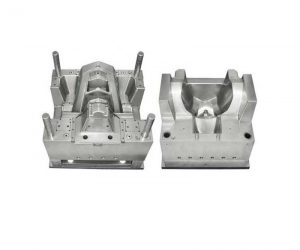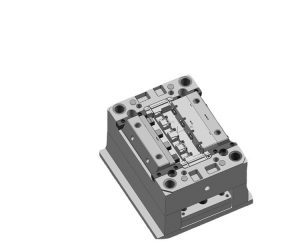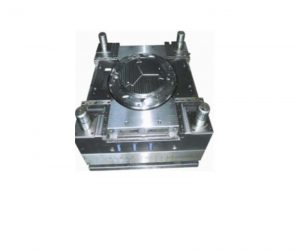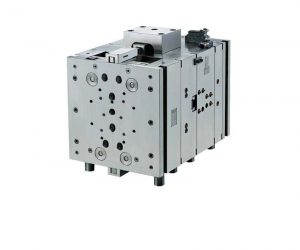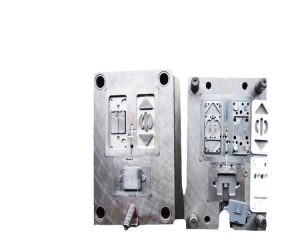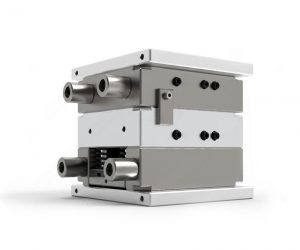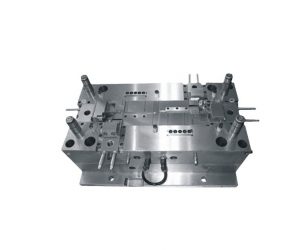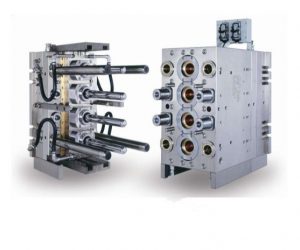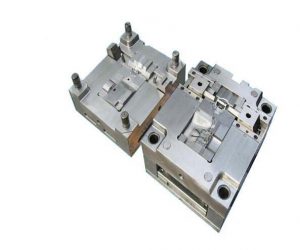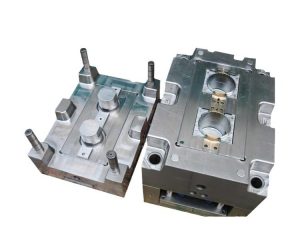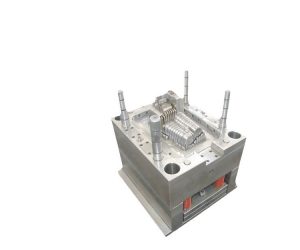Mastering 3D printing is not merely a technical endeavor; it's a strategic imperative. This guide has provided a framework for understanding the intricate process, from digital design to post-processing optimization. However, the true mastery lies in anticipating the unpredictable, adapting to the ever-evolving technological landscape, and strategically leveraging the transformative power of additive manufacturing to create innovative solutions and redefine competitive advantage. The future of 3D printing is not a predetermined path; it is a dynamic, evolving ecosystem shaped by continuous innovation and strategic foresight. The organizations that thrive will be those that embrace this complexity, anticipating future trends and proactively shaping the trajectory of this transformative technology.
I. Navigating the Charybdis of Additive Manufacturing: A Holistic Perspective
A. Beyond the Hype: Unveiling the Complexities of 3D Printing Mastery
The seemingly straightforward process of 3D printing masks a profound complexity. While the technology democratizes fabrication, achieving consistent, high-quality results demands a nuanced understanding that transcends superficial familiarity. This treatise dissects the multifaceted journey from digital blueprint to tangible artifact, emphasizing the critical interplay between design, software, material science, and printer parameters. Failure to comprehend these interwoven elements condemns even the most ambitious designs to the digital graveyard.
B. The Algorithmic Odyssey: A Roadmap Through the 3D Printing Workflow
This exploration charts the intricate course from initial concept to final product realization. We will navigate the treacherous shoals of design optimization, the treacherous currents of software selection, and the unpredictable eddies of material behavior. The ultimate goal: to equip the reader with the theoretical and practical knowledge necessary to harness the full potential of additive manufacturing, transforming innovative concepts into tangible, high-precision outputs. This is not a simple recipe; it is a rigorous methodology demanding meticulous attention to detail.
II. The Crucible of Creation: Design for Additive Manufacturing
A. Sculpting the Digital Form: Principles of 3D-Printable Model Generation
The genesis of a successful 3D print lies not in artistic flair alone, but in a profound understanding of the limitations and capabilities of the chosen technology. Mere aesthetics are insufficient; the design must be meticulously engineered for printability. This necessitates a deep understanding of support structures, overhang limitations, internal stresses, and the inherent properties of the chosen material. Ignoring these fundamental principles guarantees failure. The design phase is not merely a creative exercise; it is a rigorous engineering challenge.
B. The Software Labyrinth: Choosing the Right Tools for the Task
The plethora of 3D modeling software presents a bewildering array of options, each with its unique strengths and weaknesses. The selection process must be driven by a clear understanding of the project's specific requirements, ranging from simple prototyping to complex, high-resolution models. Furthermore, mastery of file format conversion (STL, OBJ, AMF, etc.) is paramount, as incompatibility can lead to catastrophic print failures. The choice is not merely a matter of preference; it is a strategic decision with far-reaching consequences.
C. Material Alchemy: Harmonizing Design with Material Properties
The selection of material is not an afterthought; it is an integral part of the design process. The interaction between material properties (tensile strength, elasticity, thermal expansion, etc.) and the design's geometry dictates the ultimate success or failure of the print. Dimensional accuracy, surface finish, and structural integrity are all intrinsically linked to material selection. The design must be tailored to the material, and vice-versa. This iterative process demands a deep understanding of material science and its implications for additive manufacturing. Ignoring this crucial step is akin to building a house without considering the foundation.
III. Pre-Print File Optimization: Navigating the Labyrinth of Digital Fabrication
A. STL and Beyond: File Format Selection and its Perils
The seemingly straightforward task of converting a completed 3D model into a printable format masks a complex interplay of data structures and potential pitfalls. While STL (Standard Tessellation Language) remains a ubiquitous choice, its inherent limitations – specifically its facet-based representation and susceptibility to data loss during decimation – necessitate careful consideration. Alternative formats, such as OBJ (Wavefront OBJ), offer advantages in certain contexts, but introduce their own complexities regarding normal vector preservation and texture mapping. The selection process demands a nuanced understanding of these formats, their inherent strengths and weaknesses, and the potential for artifacts introduced during conversion. Failure to adequately address these issues can lead to catastrophic print failures, ranging from incomplete geometries to structurally unsound objects.
B. Model Remediation: Surgical Precision in Digital Repair
Even meticulously crafted digital models frequently harbor latent flaws, imperceptible to the untrained eye, yet capable of rendering them unprintable. These irregularities, encompassing non-manifold geometry, intersecting surfaces, and the insidious presence of inverted or missing normals, necessitate the employment of sophisticated repair and validation tools. These tools, ranging from open-source utilities to commercially available software packages, demand a high degree of user proficiency. The process is not merely a matter of automated repair; it requires a deep understanding of the underlying geometric principles and the potential cascading effects of seemingly minor corrections. Effective model remediation ensures not only printability but also optimizes the final product's structural integrity and surface quality.
C. Orientation, Scaling, and Support Strategies: Mastering the Art of Pre-Print Optimization
The seemingly simple act of orienting a model on the print bed, scaling it to the printer's build volume, and strategically deploying support structures represents a critical juncture in the 3D printing workflow. Optimal orientation minimizes support material usage, reduces print time, and enhances dimensional accuracy. Scaling, often overlooked, requires precise calculations to avoid dimensional discrepancies. The strategic placement of support structures, a delicate balance between sufficient support and minimized post-processing, demands an understanding of both the model's geometry and the printer's capabilities. Incorrect decisions at this stage can result in print failures, wasted material, and significant time loss.
IV. Material and Printer Selection: A Synergistic Approach to Additive Manufacturing
A. The Material Spectrum: Navigating the Diverse Landscape of Additive Manufacturing Materials
The range of materials available for 3D printing spans an extraordinary spectrum, from commonplace thermoplastics utilized in Fused Deposition Modeling (FDM) to the highly specialized photopolymers and metal powders employed in Stereolithography (SLA) and Selective Laser Sintering (SLS). Each material possesses unique properties, dictating its suitability for specific applications. These properties extend beyond simple mechanical characteristics, encompassing thermal behavior, chemical resistance, biocompatibility, and aesthetic considerations. The selection process demands a thorough understanding of material science principles and the ability to correlate material properties with the intended application.
B. Material-Printer Compatibility: A Critical Nexus in Additive Manufacturing
The selection of appropriate materials is inextricably linked to the chosen 3D printing technology. FDM, SLAy SLS each impose distinct material compatibility constraints, requiring careful consideration of thermal properties, viscosity, and reactivity. Furthermore, print settings and post-processing techniques are heavily influenced by material choice. A mismatch between material and printer can lead to suboptimal results, ranging from poor surface finish and dimensional inaccuracies to complete print failure. This necessitates a deep understanding of both material science and the intricacies of various additive manufacturing technologies.
C. Beyond Technical Specifications: Holistic Material Selection for Optimal Results
While technical compatibility remains paramount, the selection of 3D printing materials extends beyond mere technical specifications. Factors such as cost-effectiveness, environmental impact, desired surface finish, color options, and the long-term performance characteristics of the printed object must be carefully weighed. A holistic approach, integrating technical considerations with practical constraints and long-term goals, is essential for achieving optimal results and ensuring a successful 3D printing endeavor.
V. The 3D Printing Process: A Deep Dive into Material Extrusion and Photopolymerization
A. Core Technologies: Beyond the Triad of FDM, SLA, and SLS – A Taxonomy of Additive Manufacturing
The seemingly straightforward categorization of 3D printing technologies into Fused Deposition Modeling (FDM), Stereolithography (SLA), and Selective Laser Sintering (SLS) represents a gross oversimplification of a rapidly evolving field. While these processes serve as foundational paradigms, a comprehensive understanding necessitates exploration beyond this superficial triad. Consider, for instance, the nuanced variations within FDM alone: the impact of material rheology on extrusion parameters, the complexities of multi-material printing, and the emergence of advanced extrusion heads capable of manipulating diverse filament compositions. Similarly, SLA's spectrum extends from traditional UV-curable resins to the increasingly prevalent use of digital light processing (DLP) and continuous liquid interface production (CLIP) technologies, each demanding a unique set of process parameters and post-processing considerations. SLS, too, encompasses a range of laser types, powder bed management strategies, and material compatibilities, significantly impacting print quality and final part properties. A truly informed practitioner must navigate this intricate landscape of additive manufacturing techniques, appreciating the subtle yet crucial distinctions between seemingly similar methods.
B. Process Parameter Optimization: A Multi-Dimensional Optimization Problem
Achieving optimal print quality transcends the simplistic notion of "button-pressing." The 3D printing process is inherently multi-dimensional, with numerous interdependent parameters influencing the final outcome. Layer height, print speed, nozzle temperature (for FDM), laser power and scan speed (for SLS and SLA variants), build platform adhesion strategies, and environmental control (temperature and humidity) all interact in complex ways. Furthermore, the material properties themselves – viscosity, thermal conductivity, shrinkage rate, and chemical reactivity – introduce further layers of complexity. Effective parameter optimization often requires the application of advanced statistical methods, such as Design of Experiments (DOE) and response surface methodology (RSM), to navigate this high-dimensional parameter space efficiently and identify optimal settings for specific materials and geometries. Failure to account for these intricate interdependencies frequently results in suboptimal print quality, dimensional inaccuracies, and structural weaknesses.
C. Real-Time Process Monitoring and Predictive Failure Analysis: Proactive Quality Control
Effective 3D printing necessitates a paradigm shift from reactive troubleshooting to proactive quality control. Real-time monitoring of critical process parameters, coupled with advanced data analytics and machine learning algorithms, enables the prediction and prevention of potential failures. This proactive approach involves the implementation of sensor networks to monitor temperature fluctuations, layer adhesion strength, and potential warping or delamination. Sophisticated software algorithms can then analyze this data stream, identifying anomalies and triggering preemptive corrective actions, minimizing downtime and maximizing print success rates. The ability to anticipate and mitigate potential issues represents a critical advancement in the field, moving beyond simple reactive problem-solving toward a more sophisticated, predictive approach to quality assurance.
VI. Post-Processing and Finishing: Elevating Functionality and Aesthetics
A. Support Structure Removal: Precision and Patience in the Pursuit of Perfection
The seemingly mundane task of support structure removal demands a level of precision and care often underestimated. Inappropriate removal techniques can lead to irreparable damage to the printed object, undermining hours of meticulous printing. The selection of appropriate removal tools, the application of controlled force, and a thorough understanding of the support material's properties are crucial for successful detachment. Furthermore, the design of the support structures themselves plays a vital role in simplifying the removal process, minimizing the risk of damage, and ensuring the preservation of intricate details.
B. Surface Finishing: From Rough to Refined – A Spectrum of Techniques
The surface finish of a 3D-printed object is often far from ideal, requiring significant post-processing to achieve the desired level of smoothness and aesthetic appeal. The choice of finishing technique depends heavily on the printing technology, material properties, and the intended application. Techniques range from simple mechanical methods like sanding and filing to more sophisticated chemical treatments, such as vapor smoothing and chemical etching. The application of specialized coatings, including paints, lacquers, and electroplating, further enhances both the aesthetic appeal and the functional properties of the finished product. Understanding the strengths and limitations of each technique is essential for selecting the most appropriate approach for a given application.
C. Beyond Aesthetics: Functional Surface Modifications and Advanced Finishing
The post-processing phase extends beyond mere aesthetic enhancements; it frequently involves functional surface modifications that significantly impact the final performance characteristics of the 3D-printed component. These modifications might include the application of specialized coatings to enhance wear resistance, corrosion protection, or biocompatibility. Advanced techniques, such as selective laser melting (SLM) for surface hardening or the deposition of functional thin films, can further tailor the properties of the printed part to meet specific application requirements. The integration of these advanced finishing techniques represents a crucial step in bridging the gap between prototype development and high-performance, production-ready components.
VII. Navigating the Labyrinth of 3D Printing Quality Assurance: A Critical Examination
A. Beyond Dimensional Accuracy: A Multifaceted Approach to 3D Print Inspection
The proliferation of additive manufacturing across diverse sectors necessitates a paradigm shift in quality control. Simple dimensional analysis is insufficient; a robust QA regime must encompass a complex interplay of factors. This includes not only precise metrology (consider the limitations of current techniques for intricate geometries and internal structures), but also rigorous material characterization (accounting for variations in density, porosity, and crystalline structure), stress and fatigue testing under simulated operational conditions, and sophisticated non-destructive evaluation (NDE) techniques to detect latent flaws invisible to the naked eye. Failure to address these multifaceted challenges risks catastrophic consequences, from product recalls to compromised safety.
B. The Evolving Standards Landscape: A Tightrope Walk Between Compliance and Innovation
The standardization efforts of bodies like ASTM International and ISO represent a crucial, yet inherently imperfect, attempt to navigate the dynamic landscape of 3D printing. These standards, while providing a necessary framework, often lag behind technological advancements, leaving a gap between best practices and codified regulations. Furthermore, the inherent variability of 3D printing processes, coupled with the diverse range of materials and applications, presents a significant challenge to the creation of universally applicable standards. Navigating this complex regulatory environment requires a proactive approach, demanding continuous monitoring of evolving standards and a willingness to adapt processes to meet both current and anticipated requirements, while simultaneously fostering innovation beyond the confines of existing norms.
C. Ethical Quandaries and Existential Risks: The Uncharted Territories of Additive Manufacturing
The democratization of 3D printing presents profound ethical and societal challenges. The ease with which complex objects can be produced raises concerns regarding intellectual property infringement, the potential for the creation of counterfeit goods and illicit weaponry, and the unforeseen consequences of widespread access to advanced manufacturing capabilities. Furthermore, the environmental impact of 3D printing, from material sourcing to energy consumption, demands careful consideration. A responsible approach necessitates a proactive engagement with these ethical dilemmas, fostering a culture of transparency, accountability, and a commitment to mitigating potential risks. This requires not only technological advancements but also robust ethical frameworks and proactive regulatory oversight.
VIII. Applications and Case Studies: A Glimpse into the Transformative Power of Additive Manufacturing
A. Beyond the Hype Cycle: Discerning Genuine Success from Marketing Narratives
The ubiquitous claims of 3D printing's transformative potential often obscure the complexities of its real-world implementation. While the technology has undoubtedly yielded significant successes across diverse sectors, a critical evaluation is necessary to distinguish genuine advancements from overblown marketing claims. A nuanced understanding requires a detailed analysis of cost-effectiveness, scalability, and the actual impact on efficiency and innovation within specific contexts. Simply citing anecdotal evidence of "success" is insufficient; rigorous data-driven analysis is paramount to accurately assess the technology's true transformative power.
B. Disruptive Innovations at the Cutting Edge: Medical, Aerospace, and Educational Frontiers
The medical, aerospace, and educational sectors represent fertile ground for 3D printing's disruptive potential. In medicine, the creation of personalized implants and surgical tools pushes the boundaries of patient-specific care, but challenges remain regarding biocompatibility, sterilization, and regulatory approval. Aerospace applications leverage the technology's ability to create lightweight, high-strength components, but the stringent quality control requirements and certification processes present significant hurdles. In education, 3D printing fosters hands-on learning and creativity, but equitable access and the development of appropriate pedagogical approaches remain crucial considerations.
C. The Promise and Peril of Personalization: Balancing Customization with Scalability
The ability to create highly customized products represents a powerful advantage of 3D printing. However, the inherent complexities of managing diverse designs, optimizing production workflows, and ensuring consistent quality across a wide range of personalized products present substantial challenges. Successfully harnessing the power of personalization requires a sophisticated understanding of supply chain management, advanced manufacturing techniques, and the development of scalable customization platforms. The path to widespread adoption lies in resolving these logistical and technological hurdles.
IX. Future Horizons: Unpredictable Trajectories in Additive Manufacturing
A. The Algorithmic Dawn of 3D Printing: Beyond Material Extrusion
The 3D printing paradigm is undergoing a metamorphosis, transcending the limitations of conventional material deposition. We stand at the precipice of a new era defined by self-optimizing algorithms that dynamically adjust print parameters in real-time, responding to unforeseen material variations and environmental fluctuations. Imagine multi-material prints exhibiting gradients in material properties, not merely layered juxtapositions. Envision integrated sensor networks embedded within the print itself, providing feedback loops for autonomous process control and predictive maintenance. This isn't incremental improvement; it's a fundamental shift toward autonomous, adaptive manufacturing systems. Failure to grasp the implications of this algorithmic revolution risks obsolescence.
B. Material Science's Unfolding Revolution: Beyond the Known
The limitations of currently available materials are increasingly irrelevant. The convergence of nanotechnology, bioprinting, and advanced materials science is yielding materials with properties previously relegated to science fiction. Self-healing polymers, bio-integrated scaffolds, metamaterials with unprecedented electromagnetic properties – these are not distant possibilities but active areas of research poised to disrupt established industries. Furthermore, the development of novel printer hardware, including multi-photon lithography systems and directed energy deposition techniques, expands the range of printable materials exponentially, pushing the boundaries of resolution, speed, and structural complexity. The future of materials science is inextricably linked to the future of additive manufacturing, and the interplay between the two will define the next industrial revolution.
C. Disruptive Innovation: Reshaping Global Production Networks
The impact of advanced additive manufacturing on global production networks will be profound and multifaceted. Decentralized manufacturing, enabled by the accessibility of 3D printing technology, challenges established supply chains and fosters the emergence of hyper-localized production ecosystems. This shift necessitates a re-evaluation of traditional business models, prompting a reassessment of logistics, inventory management, and intellectual property protection. The potential for rapid prototyping, customized production runs, and on-demand manufacturing necessitates a strategic realignment for businesses seeking to remain competitive in this rapidly evolving landscape. The winners will be those who not only embrace but actively shape this disruptive force.

